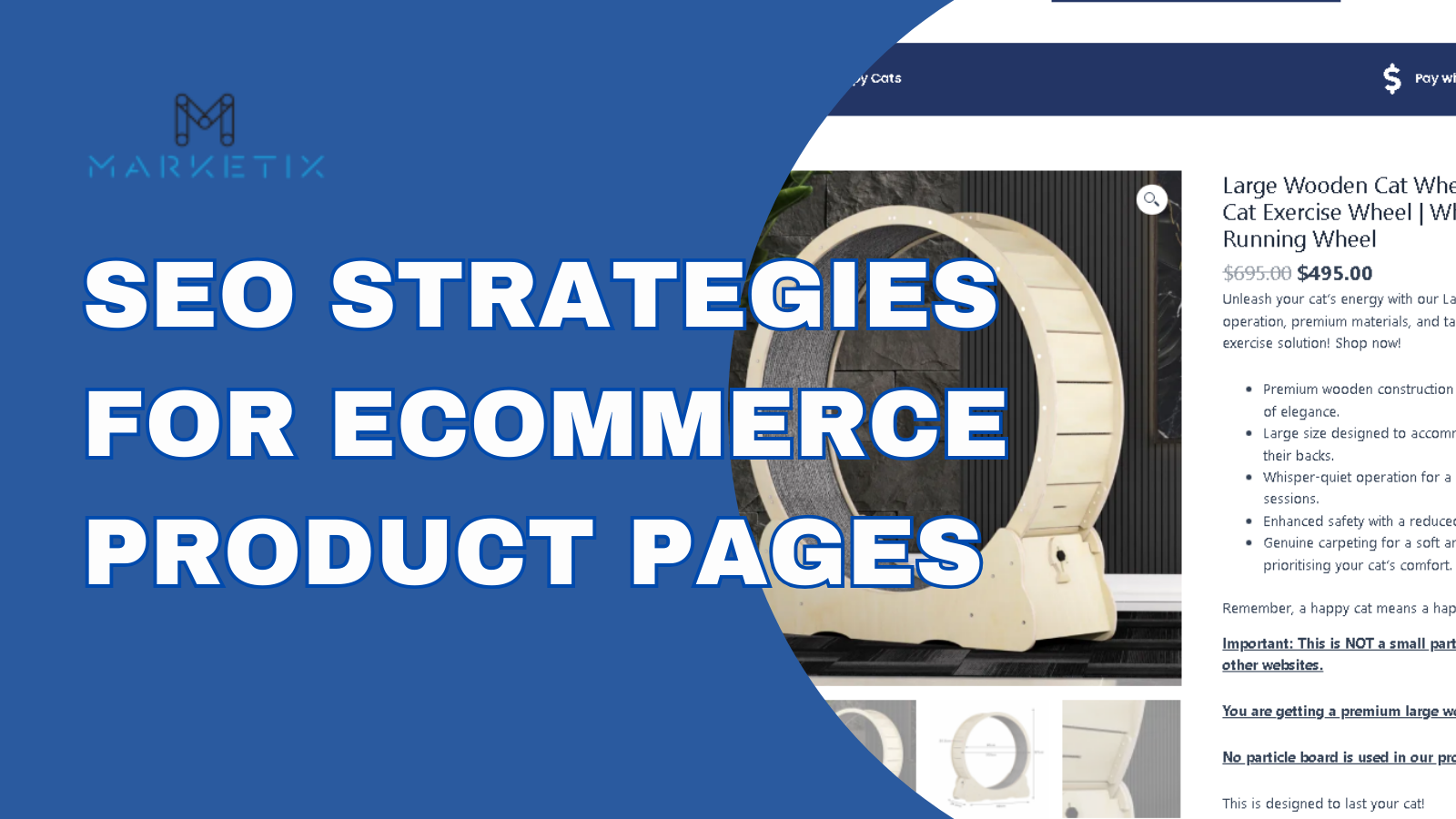- Home
- > The Marketix Blog
- > SEO
18 Common SEO Mistakes Businesses Make
There’s no denying the importance of SEO for every business. Yet, despite its significance, many businesses continue to make critical mistakes.
With hundreds of clients we handle, we've seen it all.
Some have done SEO themselves, hired someone else, or worked with previous agencies. We've lined up the most common SEO mistakes we often encounter.
These errors can severely impact a website’s performance and overall success. Avoiding these pitfalls can make a substantial difference in achieving optimal SEO results.

Missing the Right Keywords and Content
One of the most common SEO mistakes is not targeting the right keywords. Keywords are the terms and phrases your potential customers use to search for products or services online. Missing these can mean your content doesn't reach your intended audience.
Businesses often focus on broad, high-competition keywords. While these can bring traffic, they are harder to rank for. Instead, targeting long-tail keywords—more specific phrases—can be more effective. These often have less competition and attract more relevant traffic.
For example, a company selling fitness equipment might find it difficult to rank for "workout equipment" but could have more success with "workout equipment for small spaces."

Additionally, content should be created with these keywords in mind. High-quality, relevant content that addresses the needs and questions of your audience is important.
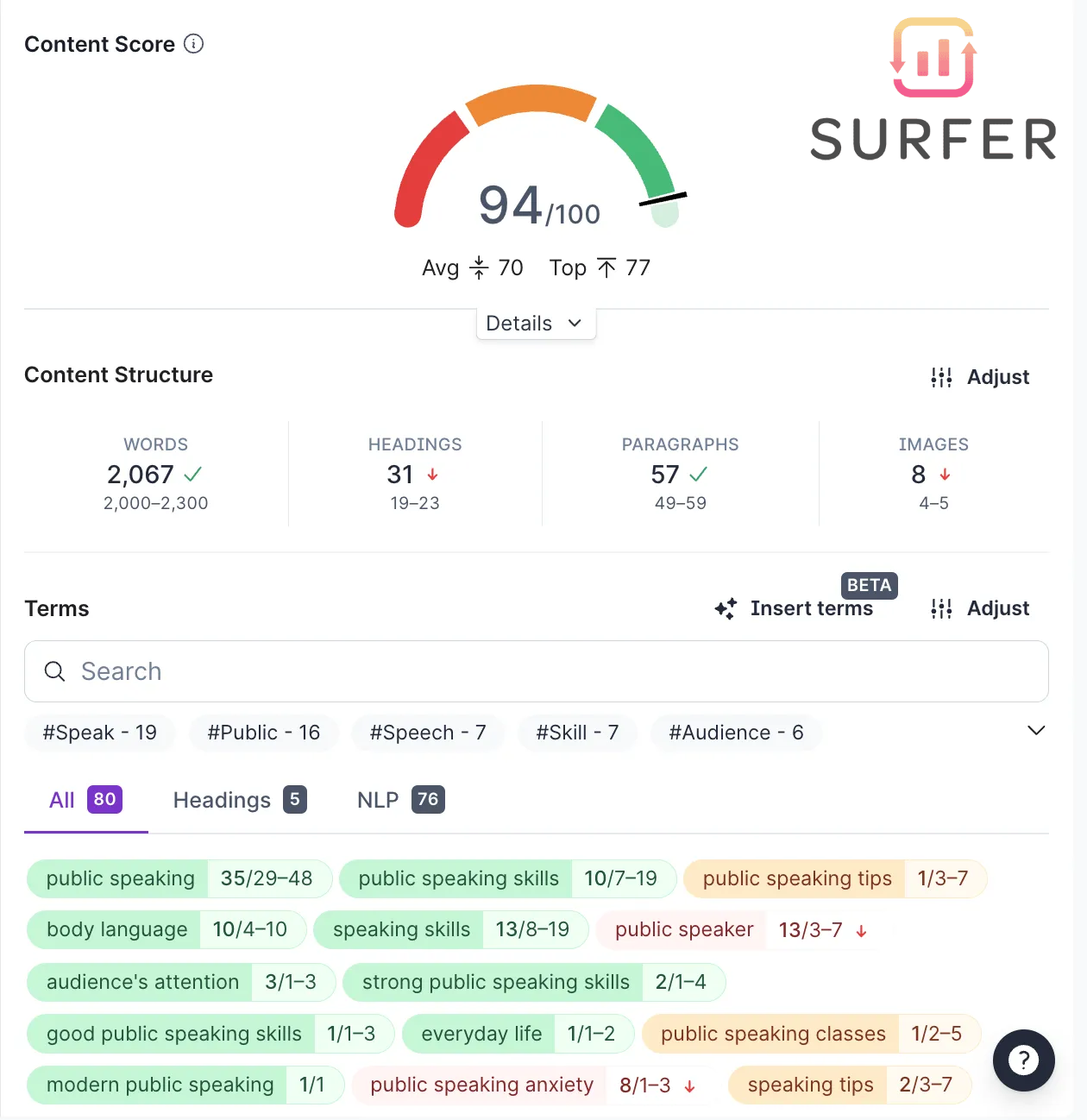
We recommend using Surfer SEO as it helps identify the current content score. It will tell you if your content is targeting the keyword optimally. Also, it analyses the top-performing pages for your target keywords and gives actionable recommendations to improve your content's SEO performance.
Seeing Traffic as the Only SEO Goal
Another mistake is viewing traffic as the sole goal of SEO. While increasing traffic is important, it shouldn’t be the only focus. The quality of traffic is equally important. High traffic volumes mean little if visitors leave quickly or don't convert.
“Clicks? That’s just step one. Leads and conversions are what truly matter.” - Marketix Digital
SEO should also aim to enhance user engagement and conversion rates. Metrics like bounce rate, time on site, and conversion rates provide a better picture of SEO success.
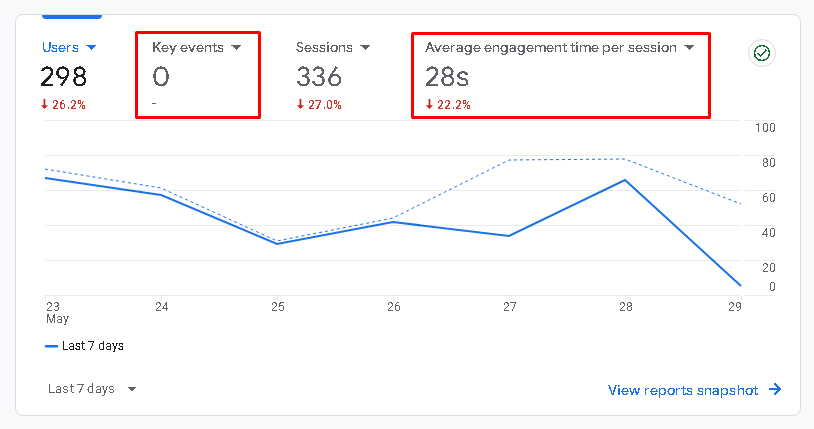
A well-rounded approach focuses on attracting the right audience and guiding them towards meaningful actions on your site.
By prioritising both traffic and engagement, businesses can achieve more sustainable and impactful SEO results.
Inconsistent URL Formatting
Uniform Resource Locators (URLs) should follow a consistent structure to be effective. Inconsistent URLs confuse search engines and users alike, leading to poor SEO performance.
For example, having both "www.example.com/products" and "example.com/products" active can cause issues.
Additionally, having different formats for similar content is problematic:
- example.com/product/shoes
- example.com/products/shoes
It's important to standardise URL structures across your site. A consistent format helps search engines understand the hierarchy and relevance of your content. This, in turn, improves your site's overall SEO performance.
Having Thin Content
Thin content refers to pages with little or no valuable information. This can significantly harm your SEO efforts. Search engines aim to provide users with high-quality, relevant content. Pages that fail to meet these criteria are likely to rank poorly.
Thin content can include duplicate pages, auto-generated content, or pages with very little text. These do not provide value to users and can be seen as attempts to manipulate search rankings.
To avoid this mistake, focus on creating in-depth, informative content that addresses the needs of your audience. Each page should provide substantial value and answer specific questions or problems. Regularly reviewing and updating your content can help maintain its quality and relevance.
| Aspect | Thin Content | Comprehensive Content |
| Length | Short, minimal text | Detailed, thorough coverage |
Depth | Superficial, lacks depth | In-depth analysis, covers various aspects |
| Value | Provides little to no value | Offers substantial value, addresses user needs |
| Originality | Often duplicated or auto-generated | Original, unique content |
| User Engagement | Low engagement, high bounce rate | High engagement, retains users longer |
| Relevance | Lacks relevance to user queries | Highly relevant, answers specific questions |
| Authority | Little to no authoritative information | Well-researched, authoritative |
| Visuals | Few or no supporting visuals | Includes images, infographics, videos |
| SEO Impact | Negatively impacts search rankings | Positively impacts search rankings |
| Updates | Rarely updated, if at all | Regularly reviewed and updated |
Keyword Cannibalisation
Keyword cannibalisation occurs when multiple pages on your site target the same keyword. This can confuse search engines, leading to lower rankings for all pages involved. Instead of one strong page, you end up with several weaker ones competing against each other.
This issue often arises from creating too much similar content. For example, multiple blog posts covering the same topic but with slight variations. Search engines struggle to determine which page to prioritise.
- "Best SEO Practices for 2024"
- "Top SEO Practices for the New Year"
- "SEO Best Practices to Implement Now"
To avoid keyword cannibalisation, conduct a thorough content audit. Identify and consolidate similar pages. Make sure that each page targets unique keywords and serves a distinct purpose.
Prioritising Search Engines Over User Experience (Or Vice Versa)
Balancing search engine optimisation with user experience is important.
Focusing solely on search engines can lead to keyword stuffing, poor readability, and a negative user experience. Conversely, ignoring SEO in favour of user experience can result in low search visibility.
SEO and user experience should work hand in hand. For instance, while it's important to use relevant keywords, they should be integrated naturally into high-quality content. Similarly, your site should be easy to navigate, load quickly, and be mobile-friendly.
Effective SEO involves creating content that appeals to both search engines and users. As a business, you need to make sure that your site is optimised for search engines without compromising on user experience. This balanced approach enhances your site's overall performance and ranking.
Improper Use of Redirects
Redirects are used to send users and search engines from one URL to another. When used incorrectly, they can create a poor user experience and dilute your SEO efforts.
One common mistake is using 302 redirects instead of 301 redirects. A 302 redirect is temporary, while a 301 redirect is permanent. Using the wrong type can signal to search engines that the move is not permanent, causing issues with page ranking and link equity.
For example, if you move a blog post to a new URL, a 301 redirect tells search engines that the change is permanent, transferring the SEO value to the new URL.
Another mistake is creating redirect chains, where multiple redirects are strung together. This can slow down your site and confuse search engines. For instance, URL A redirects to URL B, which then redirects to URL C. Instead, always use a single 301 redirect to guide traffic directly to the final destination, URL C.
Ignoring Technical SEO
With our experience at Marketix Digital, clients often overlook the importance of technical SEO, which can severely impact their site’s performance.
Key aspects of technical SEO include site speed, mobile-friendliness, XML sitemaps, and structured data. For example, slow loading times can increase bounce rates and negatively impact rankings. A study by Google found that as page load time goes from 1 second to 3 seconds, the probability of bounce increases by 32%.
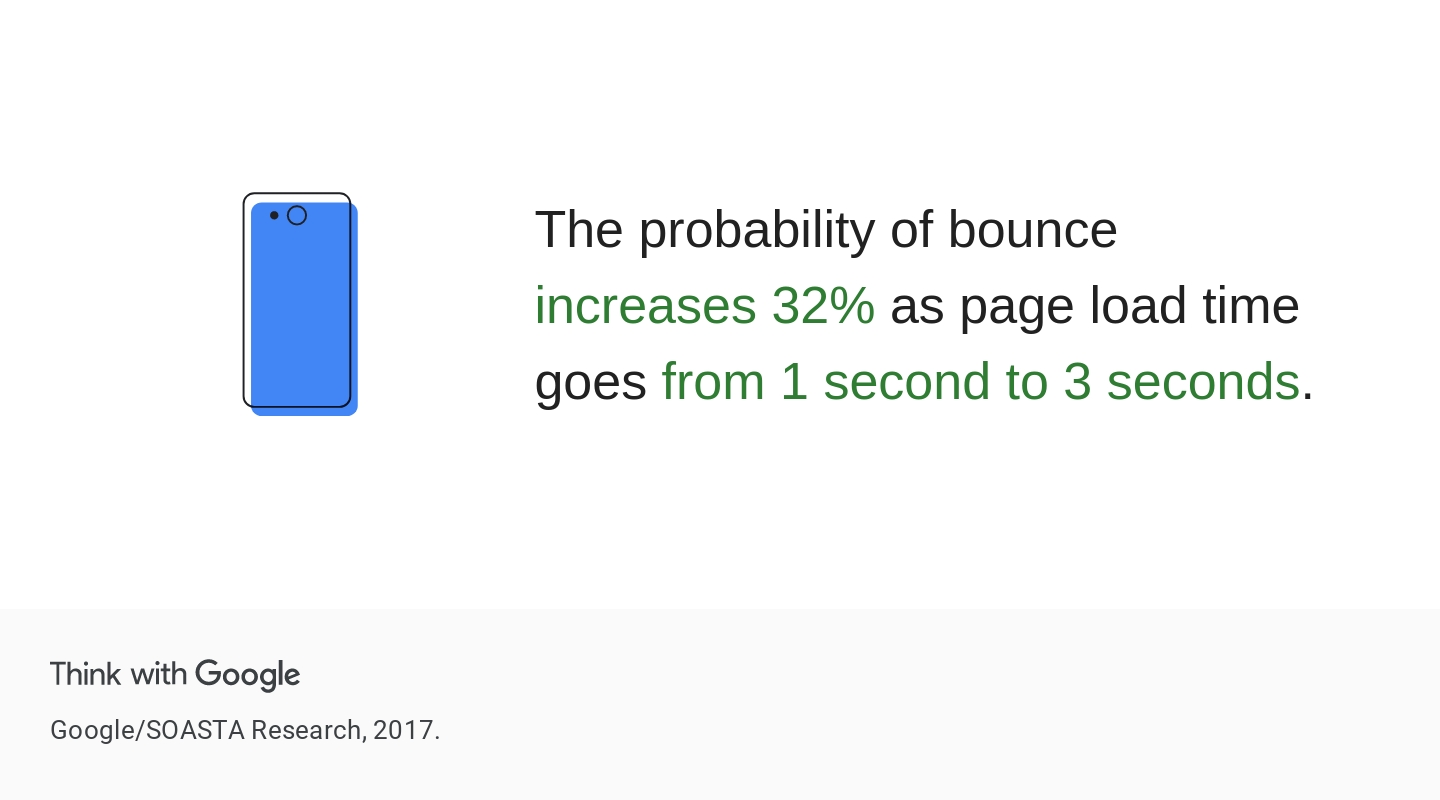
Similarly, a site that's not mobile-friendly can lose out on a significant portion of potential traffic. With the majority of searches now occurring on mobile devices, Google prioritises mobile-friendly sites.
At Marketix Digital, we employ our comprehensive C.R.I.C.S (Crawl, Render, Index, Cache, Serve) framework to conduct detailed technical SEO audits.
Regularly conducting technical audits is important. Tools like Google Search Console, AHREFs, and Screaming Frog can help identify problems.
Using Black Hat Methods for Quick Results
Using black hat SEO methods might offer quick results, but they come with significant risks. Techniques such as keyword stuffing, cloaking, and buying low quality links can temporarily boost your rankings. However, these practices violate search engine guidelines and can lead to severe penalties.
Search engines like Google continuously update their algorithms to detect and penalise such tactics. Once penalised, recovering your site’s ranking can be a long and challenging process. In extreme cases, your site might be removed from search results entirely.
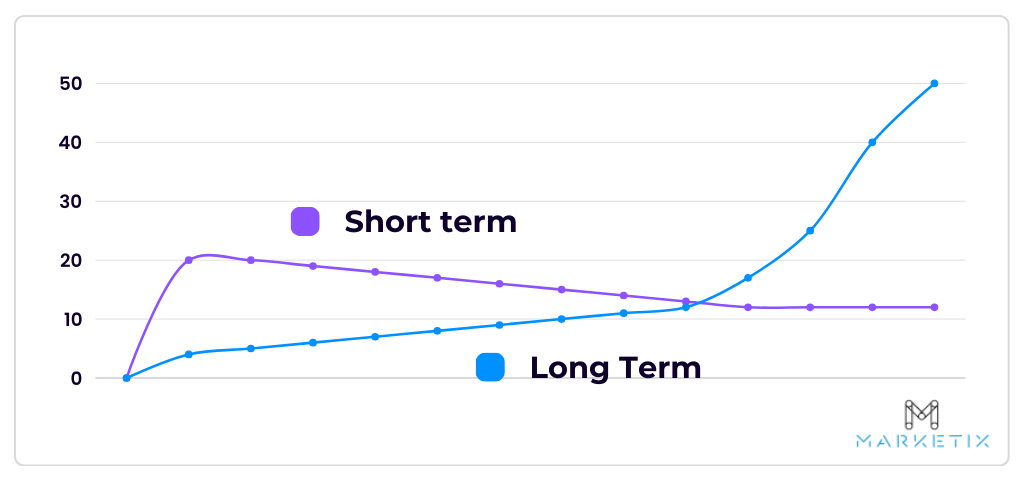
Instead, focus on white hat SEO methods. These include creating high-quality content, using relevant keywords naturally, and earning links through genuine outreach.
Sustainable SEO practices may take longer to show results but guarantee long-term success and stability.
Neglecting Ongoing SEO Efforts
SEO is not a one-time task but an ongoing process. Neglecting regular SEO efforts can lead to a decline in search engine rankings over time.
Regularly updating your content, conducting SEO audits, and staying informed about industry changes are important.
Monitoring your site’s performance through tools like Google Analytics and Search Console is a must. These insights can help you identify trends, spot potential issues, and adjust your strategy. For instance, a sudden drop in traffic might indicate a technical problem or a need to update your content.
Regularly reviewing your SEO strategy and staying proactive in your approach can help you stay ahead of the competition and maintain a solid online presence.
Overlooking Mobile Optimisation
Did you know that over 57.87% of searches are now conducted on mobile devices? Overlooking mobile optimisation is a complete SEO mistake.
With the increasing use of smartphones, a significant portion of web traffic comes from mobile devices. If your website is not optimised for mobile, you risk losing a large audience segment and damaging your search rankings.
Mobile optimisation involves ensuring your site is responsive, meaning it adapts to different screen sizes and resolutions. It also includes optimising load times, as slow-loading mobile pages can lead to high bounce rates.
Additionally, Google uses mobile-first indexing, meaning it predominantly uses the mobile version of the content for indexing and ranking. Ignoring mobile optimisation can lead to poor performance in search results. Make sure your website is mobile-friendly to provide a seamless experience for all users.
Skipping Comprehensive Keyword Research
Skipping comprehensive keyword research can severely limit the effectiveness of your SEO strategy. Keyword research helps identify the terms and phrases your target audience uses to search for your products or services. Without this insight, your content may not reach the right audience.
Effective keyword research involves identifying both short-tail and long-tail keywords. Short-tail keywords are broad and highly competitive, while long-tail keywords are more specific and less competitive. A balanced approach targets a mix of both to attract varied search intents.
Additionally, understanding search intent behind keywords is important. This means knowing whether users are looking for information, ready to make a purchase, or somewhere in between. By aligning your content with user intent and thorough keyword research, you can improve your search visibility and attract more relevant traffic.
Ignoring Title Tags and Meta Descriptions
Ignoring title tags and meta descriptions is a common SEO mistake that can negatively impact your website’s visibility and click-through rates.

Title tags should be concise, descriptive, and include relevant keywords. They help search engines understand the context of your page and influence its ranking. A well-crafted title tag can also attract users’ attention in search results, increasing the likelihood of clicks.
Meta descriptions, while not a direct ranking factor, play an important role in user engagement. A compelling meta description provides a brief overview of the page content and encourages users to click through to your site.
Neglecting Image Optimisation
Neglecting image optimisation is another SEO mistake that can impact your site’s performance.
Images enhance user experience, but if not optimised, they can slow down your website, leading to higher bounce rates and lower rankings.
Image optimisation involves several steps. First, use relevant, high-quality images that enhance your content.
Second, compress images to reduce file size without compromising quality.

Third, use descriptive file names and include relevant keywords in alt text to help search engines understand the image content.
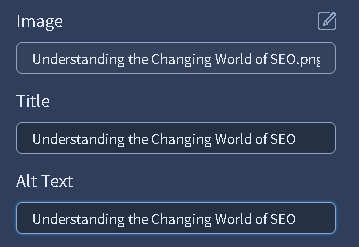
Additionally, always make images responsive and display correctly on all devices.
Ignoring Internal Linking
Internal links connect different pages on your website, helping users and search engines navigate your content more effectively.
There are cases we've encountered before while doing anchor text/internal links analysis to identify ranking issues.

Incorrectly executed anchor text can cause keyword cannibalisation, where multiple pages compete for the same keyword. After fixing these issues, we often see a notable improvement in rankings for the targeted keywords and anchor text.
Internal linking provides several benefits. It improves site navigation, making it easier for users to find related content. It also helps distribute page authority across your site, enhancing the SEO value of your pages. Additionally, internal links help search engines understand the structure and hierarchy of your site, leading to better indexing.
To optimise internal linking, use descriptive anchor text and link to relevant pages within your site. Regularly audit your internal links to make sure they are working correctly and are up-to-date.
Skipping Regular SEO Audits
Skipping regular SEO audits is a mistake that can lead to unnoticed issues and missed optimisation opportunities. SEO audits help identify technical, on-page, and off-page issues that could be affecting your site’s performance.
An SEO audit involves checking various aspects of your site, such as site speed, mobile-friendliness, broken links, and content quality. It also includes reviewing your keyword strategy, backlink profile, and overall site structure.
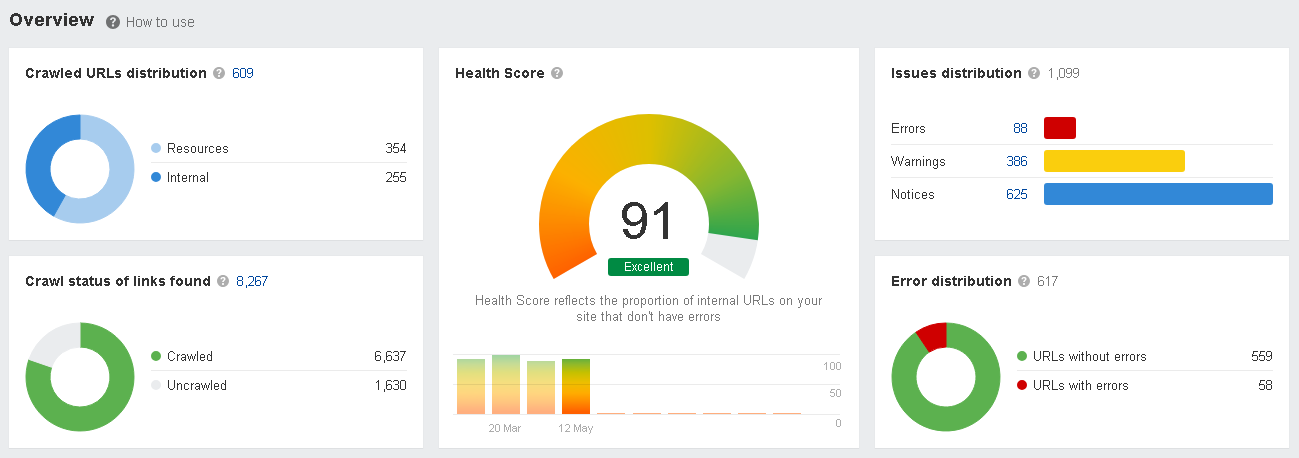
Regular SEO audits will make sure that your site remains in good health and continues to perform well in search results. They help you stay updated with the latest SEO best practices and adapt to changes in search engine algorithms.
Conducting thorough and regular SEO audits is vital for maintaining and improving your site’s SEO performance.
Ignoring Google’s Algorithm Updates
Google frequently updates its algorithms to improve search results and user experience. These updates can significantly impact your site’s ranking.
Staying informed about major updates and understanding their implications is important. Ignoring these changes can lead to a sudden drop in rankings and traffic.
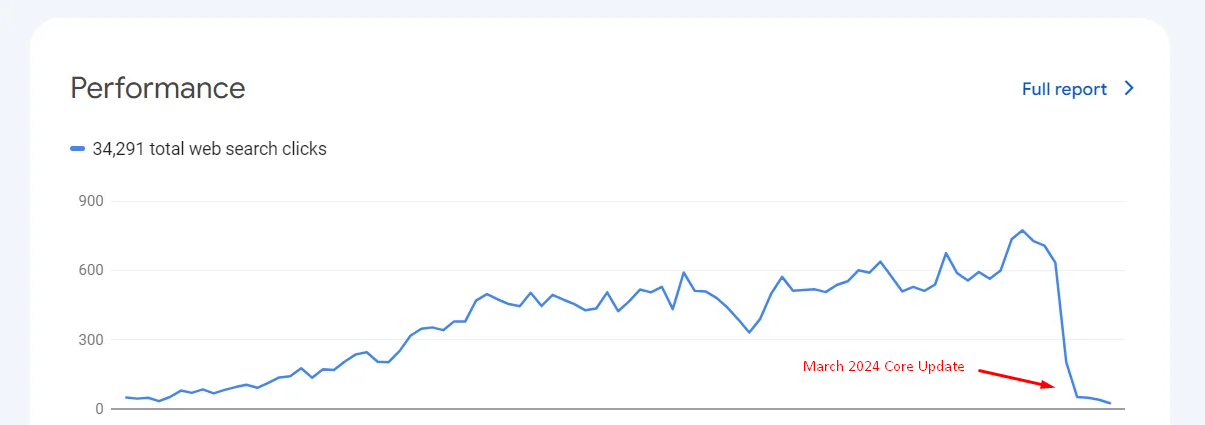
Regularly reviewing industry news and Google’s announcements can help you stay ahead.
When an update occurs, analyse its impact on your site. Adjust your SEO strategies accordingly, focusing on maintaining high-quality content and following best practices.
Neglecting Google Business Profile
While it doesn't directly impact your website’s SEO, a well-optimised Google Business Profile helps your business appear in local search results and on Google Maps, attracting more local customers.
Businesses needs to make sure that their GMB profile is complete and accurate. Include important information such as your business name, address, phone number, website, and hours of operation. Adding high-quality photos, collecting reviews, and regularly updating your profile can enhance its effectiveness.
Responding to reviews and engaging with customers through your profile shows that you value customer feedback and are active in managing your online presence.
An optimised Google Business Profile can significantly boost your local visibility and drive more traffic to your business.
Ready to Strengthen Your SEO Strategy?
At Marketix Digital, we have a solid plan that complies with current best practices and will make sure that these common SEO mistakes are avoided. Whether you're looking to optimise your site, improve your content, or enhance your local SEO, we've got you covered.
As a leading SEO agency in Sydney, we don't let these pitfalls hinder your success. Contact us today to strengthen your SEO strategy and achieve sustainable, impactful results. Let’s work together to drive your business forward.
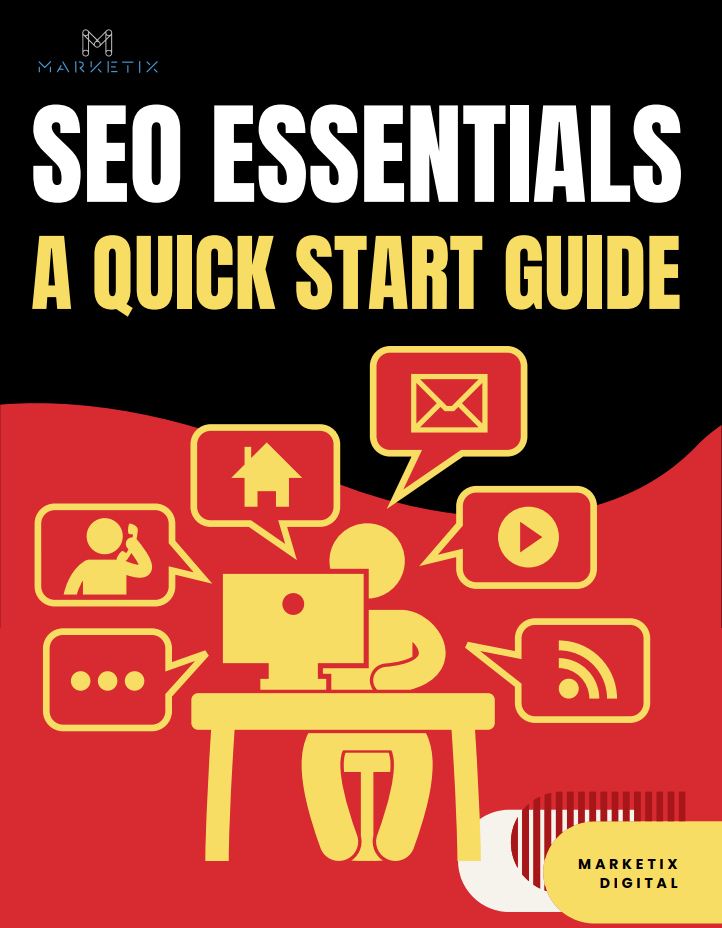
Free Download SEO Book
Download our 24-page SEO book to learn:
- How SEO Really Works
- How to Rank #1
- Content & SEO
- Choosing an SEO Agency
Thank you!
You have successfully joined our subscriber list.






